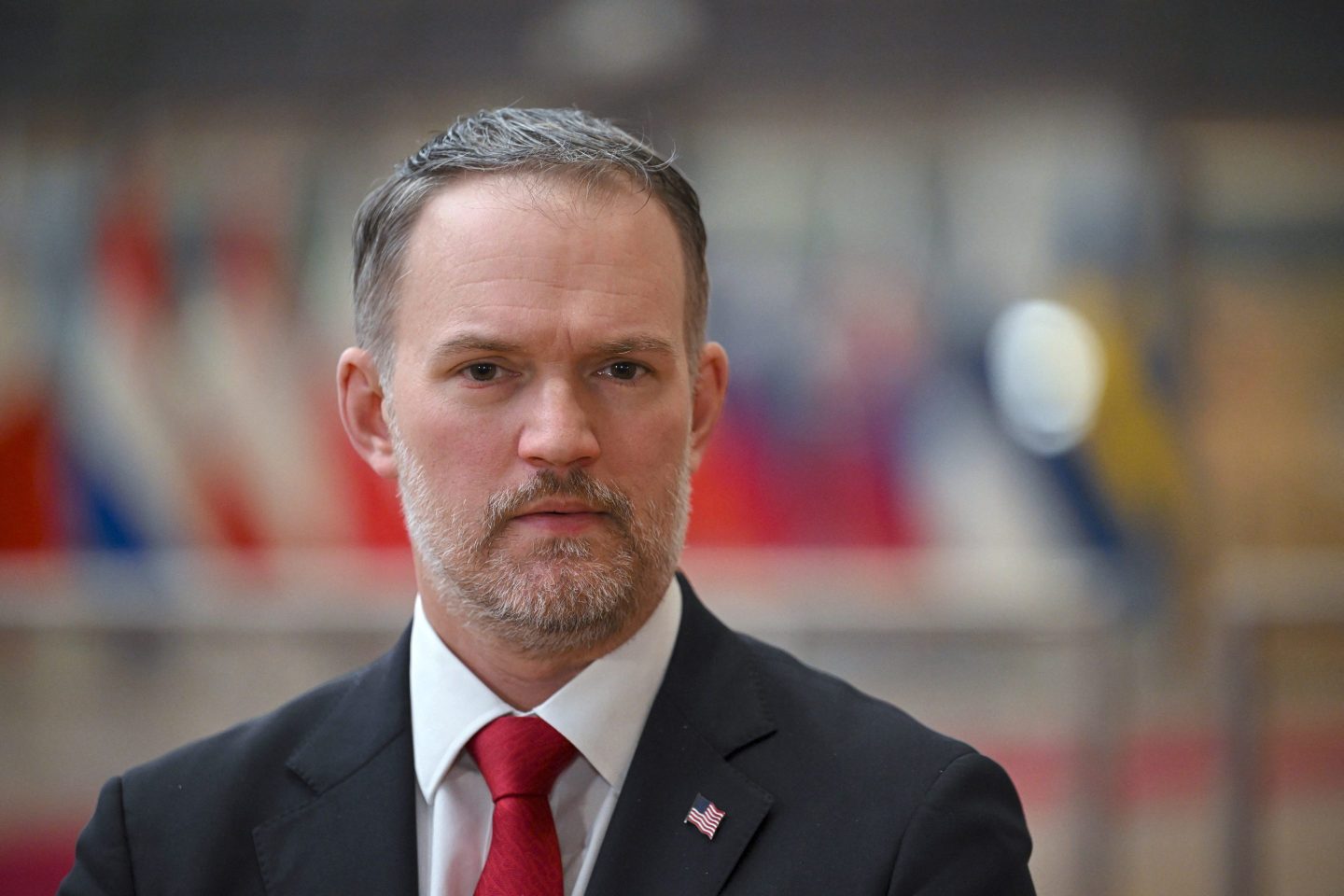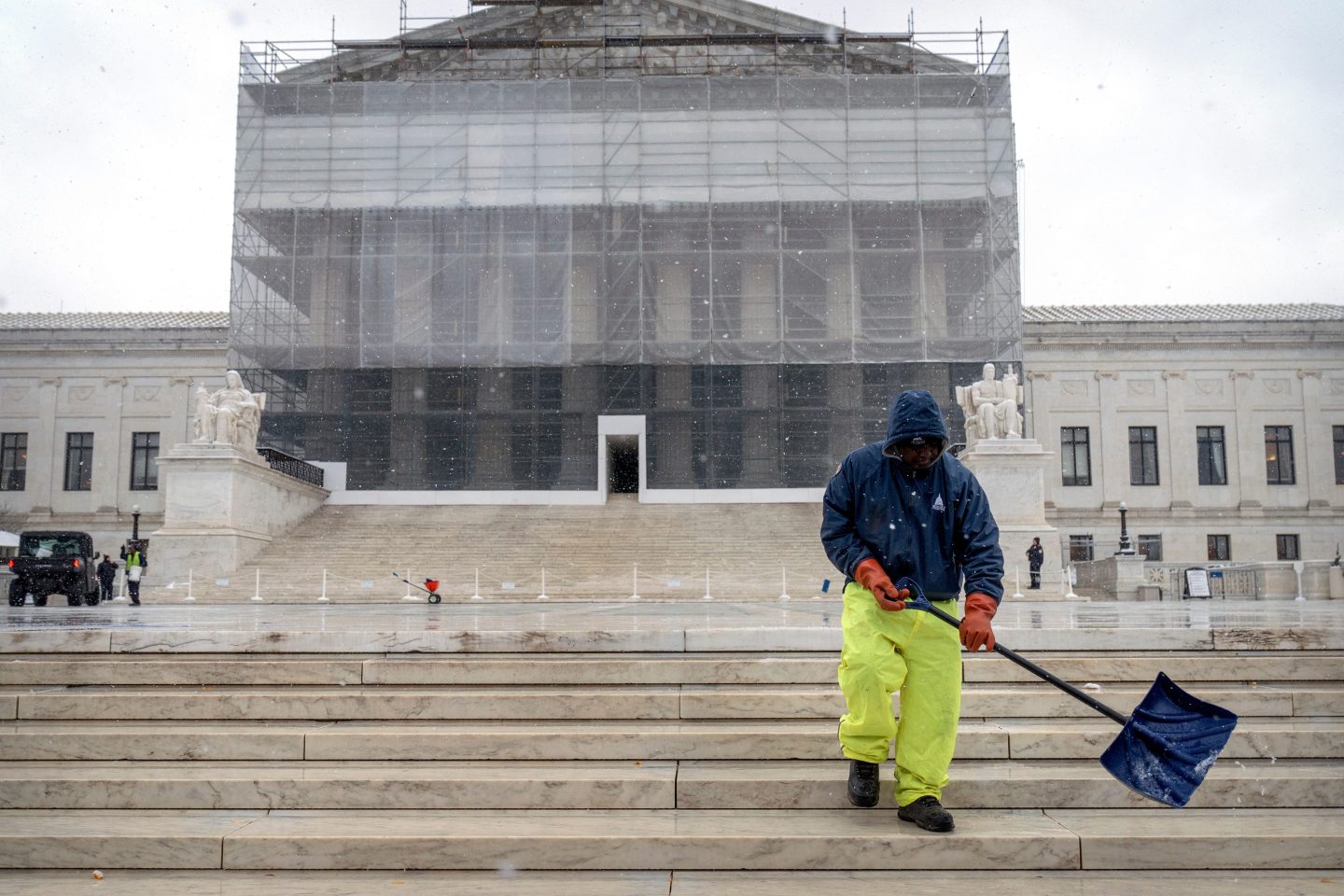The Fed doesn’t know its own strength.
So says Minneapolis Fed President Narayana Kocherlakota, who is due to become a voting member of the Federal Open Market Committee next year. Kocherlakota (right) said in a speech Tuesday that the Fed’s decision last week to buy Treasury securities with the proceeds of maturing mortgage securities “has had a larger impact on financial markets than I would have anticipated.”

Stocks tumbled and government bond prices soared in the wake of the decision, which investors generally took to signal that the Fed now believes the economy is in danger of losing whatever momentum it might have picked up over the past year’s recovery. But Kocherlakota says that’s the wrong interpretation.
In my view, this reaction is unwarranted. The FOMC’s decisions were largely predicated on publicly available data about real GDP, its various components, unemployment, and inflation. I would say that there is no new information about the current state of the economy to be learned from the FOMC’s actions or its statement.
He further explains that the Fed decided to start buying Treasurys again, for the first time since March, because the recent tumble in long-term interest rates has led to an uptick in mortgage refinancing. When people refinance their mortgages, they pay off the existing loan, which means holders of mortgage-backed securities, or MBS, end up with cash they must reinvest.
The Fed holds more than $1 trillion worth of mortgage bonds and debt issued by mortgage investors Fannie Mae and Freddie Mac. Kocherlakota declared, not for the first time, that there is nothing toxic about these assets — though several members of the Fed have indicated discomfort with the Fed’s mortgage holdings, and it would be exceedingly difficult for the Fed to sell them were long-term interest rates to rise substantially.
These MBSs are not toxic assets in any sense of the word—they are fully backed by the U.S. government, and so the Federal Reserve faces no credit risk in holding them. But the MBSs do have another kind of risk called prepayment risk.
He then added that it was this mortgage prepayment windfall rather than a change in economic fundamentals that the Fed responded to.
Long-term interest rates declined surprisingly fast in the past three months. But the fall in long-term rates meant that more people were prepaying their mortgages, and the Fed’s MBS principal balances were falling. In this sense, the Fed’s holdings of long-term assets were shrinking, leaving a larger share of the long-term risk in the economy in the hands of the private sector. This extra risk in private hands could force up the risk premia on long-term bonds and be a drag on the real economy. The FOMC decided to arrest the decline in its holdings of long-term assets by re-investing the principal payments from the MBSs into long-term Treasuries.
That’s the long way of saying a smaller Fed balance sheet means less money circulating in the economy and a higher risk of an economic downturn. But don’t think for a minute that Kocherlakota fears deflation, because in his view the Fed has the credibility to keep people from even thinking it will happen – last week’s stock selloff and the ongoing bond rally notwithstanding.
While this scenario is conceivable, I consider it to be a highly unlikely one. The FOMC and the Board of Governors have displayed exactly the required unconventionality in solving many seemingly intractable problems over the past three years. I am confident that the Federal Reserve will display that same attribute if this deflationary challenge should ever arise. I am sure too that households and financial markets will share my confidence—which would actually eliminate the need for the Fed to ever confront hardened deflationary expectations.
If you think that sounds unsettlingly like Paulson’s bazooka, you have company.











